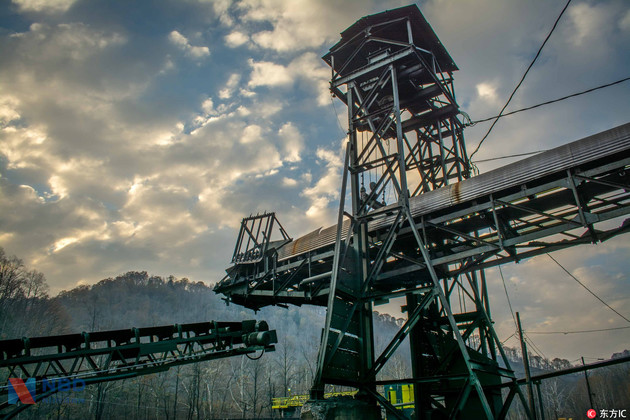
Experts expect economic reforms to deepen to deal with challenges
China‘s economic growth will continue to advance steadily in 2017, and the country isexpected to deepen reforms to tackle remaining challenges, experts said.
Given the sluggish global growth, China’s economy is under pressure. Several economicindicators in the first three quarters of 2016 support the view that the country will be ableto meet this year‘s GDP growth target of 6.7 percent, said Tian Yun, director of the ChinaSociety of Macroeconomics Research Center.
Tian told the Global Times that the growing Producer Price Index (PPI) in September wasa promising sign that the country’s industrial deflation has ended.
PPI, which measures the cost of goods at the factory gate, ended a 54-month decline inSeptember, according to data released by the National Bureau of Statistics (NBS) onOctober 14.
Efforts to help domestic companies deleverage have also gained some ground, Tian said.
On the basis of the current economic trajectory, GDP growth will range from 6.5 percent to6.7 percent in 2017, he said.
Liu Xuezhi, a senior analyst at Bank of Communications, agreed, saying that China‘seconomy is approaching an inflection point, which means economic growth in 2017 will notslow as it did in previous years, though a rapid recovery is also unlikely. “[The economy]will advance steadily,” he told the Global Times.
Liu forecast that “China’s GDP will grow 6.6 percent or 6.7 percent in 2017.”
Experts said rising infrastructure spending is expected to drive China‘s economic growthnext year.
The country’s investment in infrastructure projects rose 19.4 percent year-on-year to 9.5trillion yuan ($1.37 trillion) over the first 10 months in 2016, the NBS said on November14.
“Infrastructure investment can contribute to economic growth only if the investment canbe transferred into supply and consumed by customers. If not, it just contributes to excesscapacity,” Tian cautioned.
The services sector will play a vital role in China‘s economy in the 2017, Liu said.
The added value created by services sector grew by 7.6 percent in the third quarter in2016. The services sector contributed around 58.5 percent to China’s GDP growth in thefirst three quarters, according a report released on Friday by CMB International, a whollyowned subsidiary of China Merchants Bank.
Other industries such as high-end equipment manufacturing and high technology will helpdrive economic growth in 2017, Liu said, noting that consumption created by onlineshopping will also contribute.
However, experts also showed concern about China‘s economic prospect due to thecountry’s sluggish exports and the uncertainties in the real estate market.
In the first 10 months of 2016, China‘s exports declined 7.7 percent year-on-year, whileimports fell 7.5 percent, according to data from the General Administration of Customs onNovember 8.
“We’ll know that the economy has hit bottom only when China‘s exports start to see zerogrowth and then move toward a slight increase,” Tian said, noting that “the growth mustlast one to two quarters, not just one month.”
Indeed, recently released home-buying restrictions have reined in the overheatedproperty market, said Yan Yuejin, research director at the E-house China R&D Institute.The goal of the restrictions is to let some air out of a real estate bubble.
That will allow some capital to flow into sectors such as infrastructure, which will boosteconomic development to some extent, Yan told the Global Times on Sunday.
The domestic property market will possibly cool slightly, but will not experience a sharpfall in the coming year, he said, noting that “housing inventory will be further reducedacross the country.”
With the goal of achieving medium-to-high speed growth, China is expected to furtherdeepen supply-side reforms and step up efforts to cut industrial overcapacity, experts said.
The Chinese government is expected to adopt prudent monetary policy to counterpotential risks in the domestic and international markets, such as currency fluctuations andcapital outflows, Liu noted.
The yuan will continue to face downward pressure in 2017, but it is controllable and thecurrency will not suffer from depreciation in the long term, experts said.


 川公网安备 51019002001991号
川公网安备 51019002001991号





